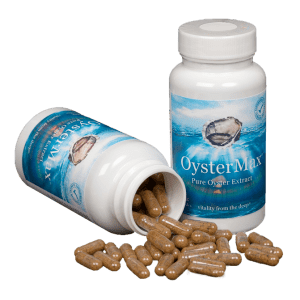The dietary supplement market is an ever-growing industry.
Competition to succeed in this industry has paved the way for companies to exploit those looking to improve health or fill a gap in their diets. Bulking agents, fillers or excipients may be added to products at a quantity way above what is required for technological reasons.
When choosing a dietary supplement ask yourself a few simple questions:
A simple blood test can also help you identify gaps in your diet. This can help towards identifying what exactly you are looking for in a supplement.
If in doubt about the integrity or authenticity of a dietary supplement investigate claims associated with it. In the EU there is a register of authorized health claims:
https://ec.europa.eu/food/safety/labelling_nutrition/claims/register/public/?event=search
In the US there is 21 CFR 101.93.
This will tie in to your blood test results. The Recommended Dietary Allowance (RDA) is the average daily dietary intake level that is sufficient to meet the nutrient requirement of nearly all (97 to 98 percent) healthy individuals in a particular gender and life stage group (life stage considers age and, when applicable, pregnancy or lactation). The process for setting the RDA depends on being able to set an Estimated Average Requirement (EAR). The EAR is the estimation of the daily intake value of a nutrient to meet the nutrient requirement of half the healthy individuals in a life stage and gender group. The EAR plus twice the standard deviation is generally how the RDA is set.
Do you suffer from malabsorption? Are your requirements higher than the average person? Do you suffer from food allergies — some people with allergies have a limited diet so they can’t get all the nutrients they need from food alone. Are you taking medication that is interfering with the uptake of certain micronutrients? By answering these questions, you can determine if you require long or short term supplementation. Again, a blood test can help with this. Take a test prior to staring a course of supplementation. After finishing a course take another to see hoe your levels have changed.
Look into if you require other substances to help with bioavailability (for example, vitamin c helps with the uptake of iron). Also, by identifying the source of the dietary ingredient you can look into how your body will be able to absorb it. Natural forms are best as the human body can easily break these down. Red meat and oysters are the best form of zinc. Plant based zinc does not boast the same bioavailability

If your dietary ingredient comprises a small amount of the capsule you may just be paying for sugar or starch. This could then adversely affect blood sugar levels. For example, oyster extract powders can contain up to 50 or 60% maltodextrin. If you are looking for a natural source of supplementation, such as oyster extract powder, be sure to select a brand that lists dietary ingredients and amounts on the label.
If you’re pregnant or breastfeeding be careful in what you’re taking as supplements can be dangerous to the baby. A daily prenatal vitamin has the right types and amounts of nutrients for & will also tie into getting the correct dosage. Too much of certain vitamins or minerals can cause nausea.
With any type of drug, there’s always a chance that it won’t mix well with a supplement. The problems can be especially severe with prescribed medication. If you’re on any medications or have a medical condition, you should always speak with your doctor before taking any kind of supplement.
In the dietary supplement industry, a higher cost doesn’t always mean a higher quality product. Look for products that are active ingredients only or use filler ingredients in small amounts (less than 20%). And as always, research a product before you buy.

Transparency is key. If you are unsure reach out to the manufacturer and ask for more information. Reputable manufacturers should have no issue divulging this information.